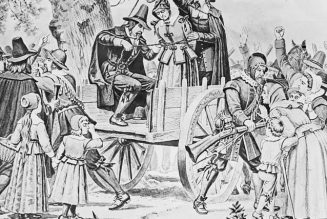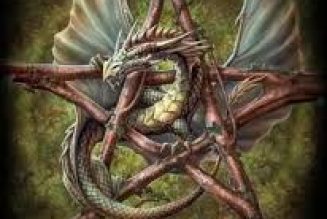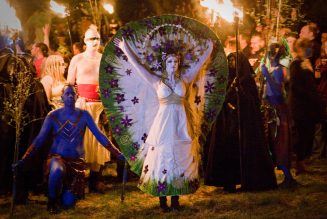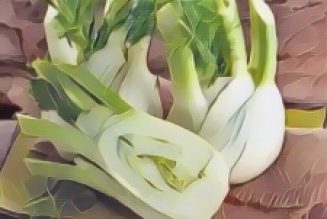Today, the animals we eat are butchered with no ceremony at all; but for Neo-Pagans, slaughter is sacred. When, in Teutonic Magic, Kveldulf Gundarsson talks about the central act of a blot (the word rhymes with “boat,” literally translates as “blessing” and is what the Asatru call their ritual gatherings) as being “the sacrifice of one or more animals.” He explains that the sacrifice was “performed less for its own sake than as a hallowing of the slaughter, which was a practical necessity.” He suggests, too, that each animal was individually blessed before it was killed. Although whole beasts are still roasted at some gatherings, most of us—of any Neo-Pagan faith—don’t have the opportunity to bless and slaughter our own meat anymore. Gundarsson suggests a Teutonic alternative that can serve us all quite well: “Make animals out of bread (charging them strongly with life energy) and ritually slaughter and eat them, sprinkling mead or ale from the blessing bowl.” He takes this idea from the medieval German custom of exchanging animal shaped loaves of bread, and refers to the modern Swedish tradition of a pig-shaped cake substituting for the Yule boar. Honoring the death of slaughtered animals, whose life force nurtures our own survival through the Winter, is one way to honor the God’s death in the service of our lives. It’s also appropriate to honor the exchange of energy that occurs when one Neo-Pagan religion borrows customs and symbols from another—as when Wiccans might share animal crackers at Samhain, and toast not only the relationship of life to death, not only the concept of rebirth, and not only our kin in the Otherworld, but also our kin in other Neo-Pagan religions.
Sacred Slaughter
958 views




























